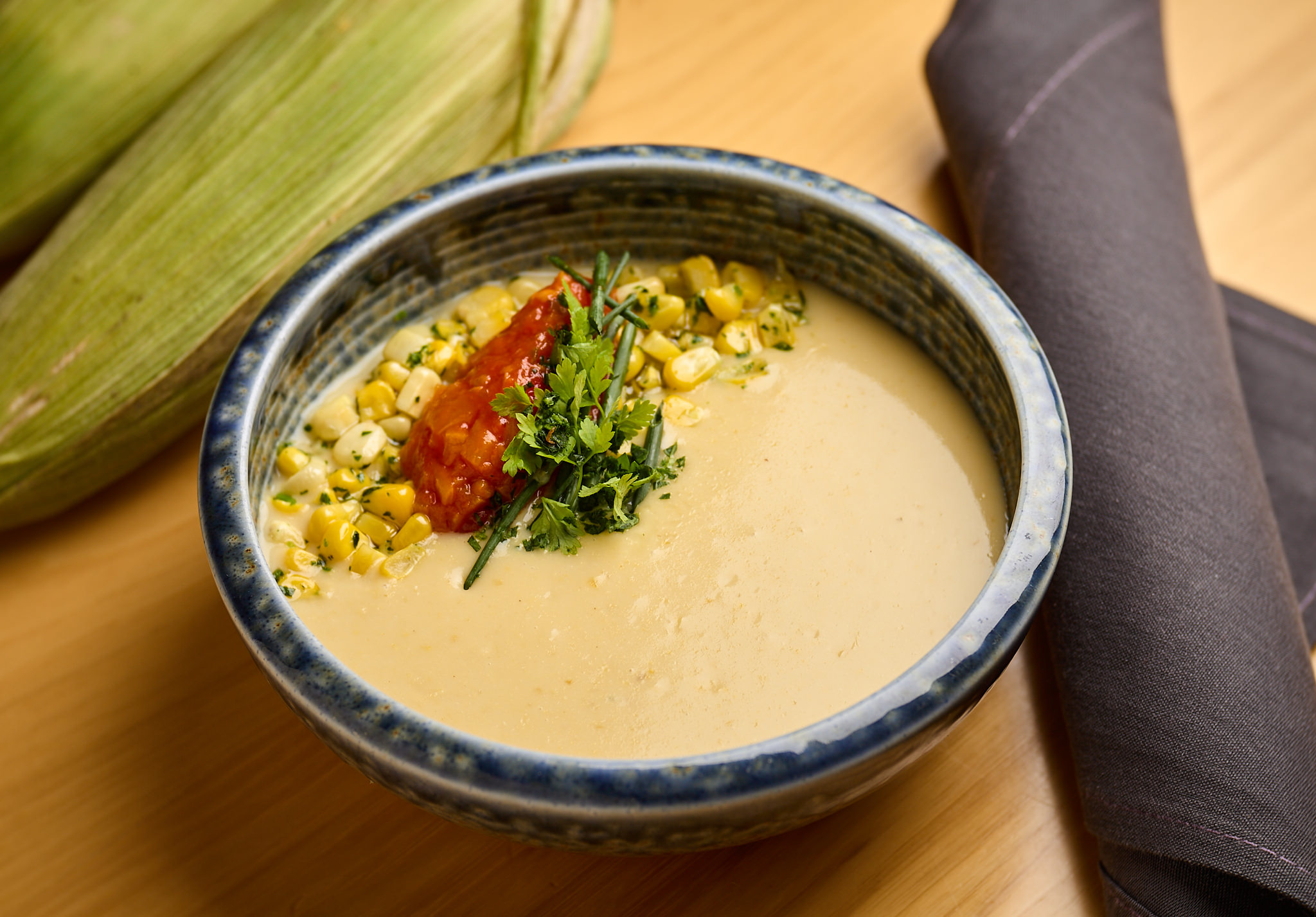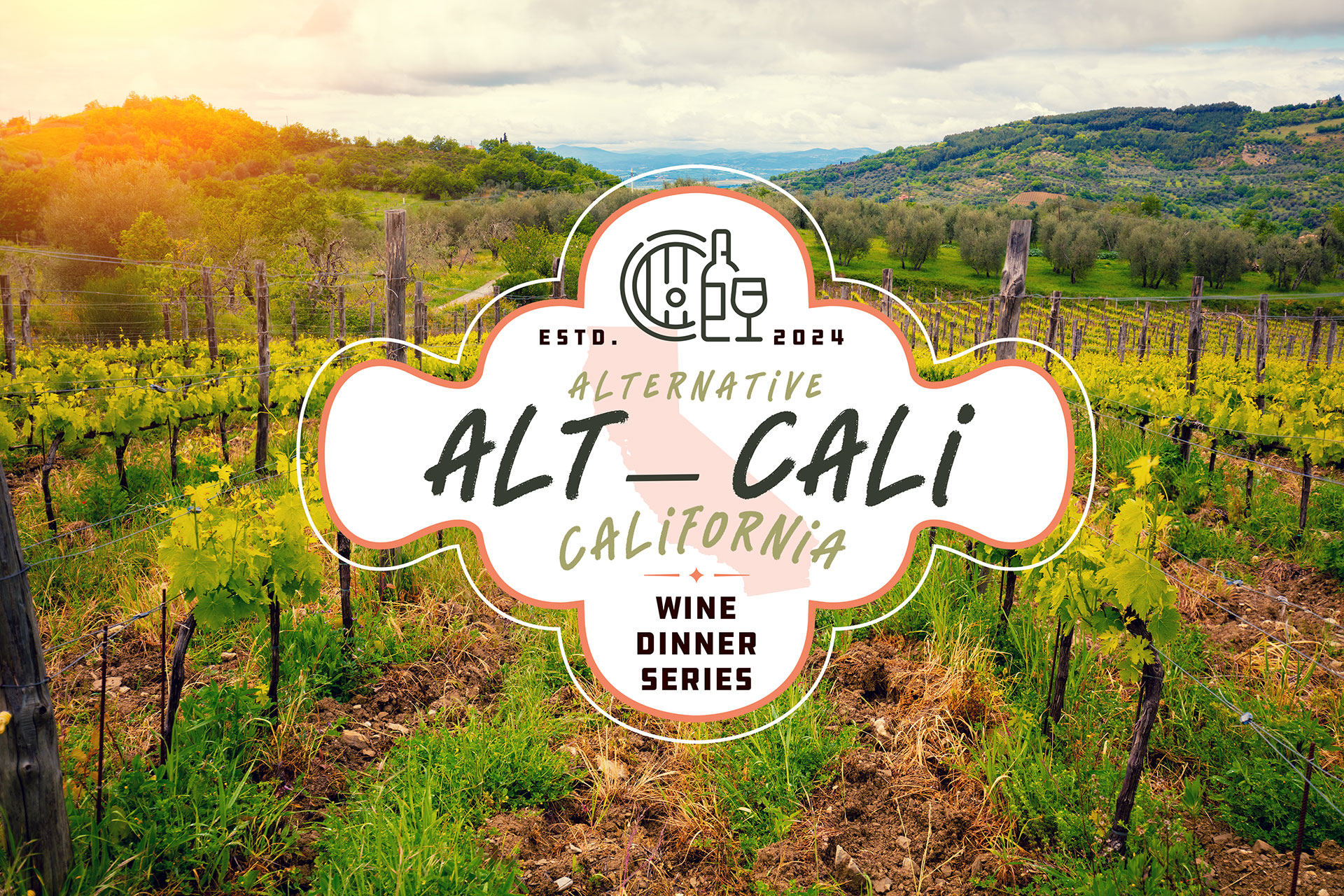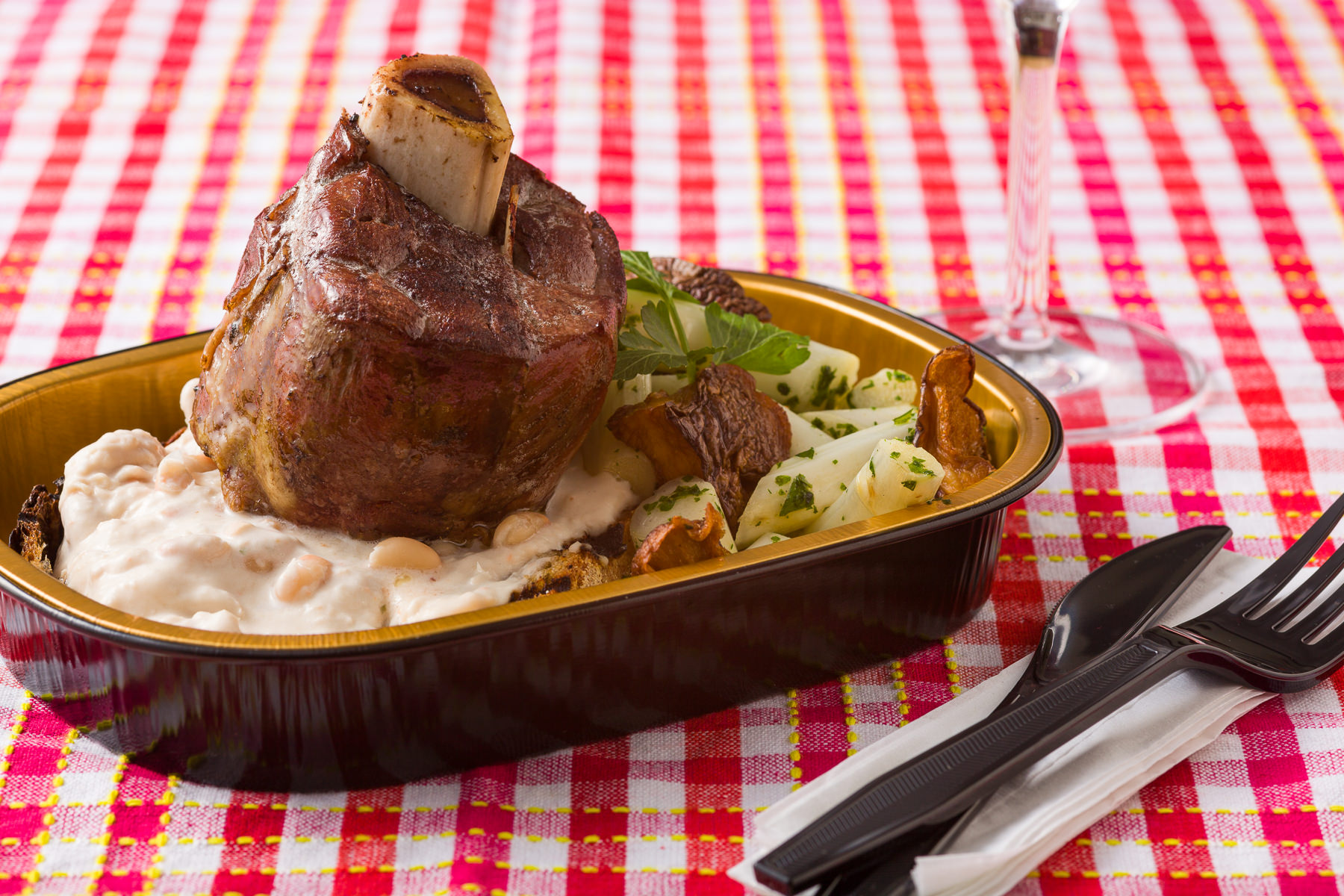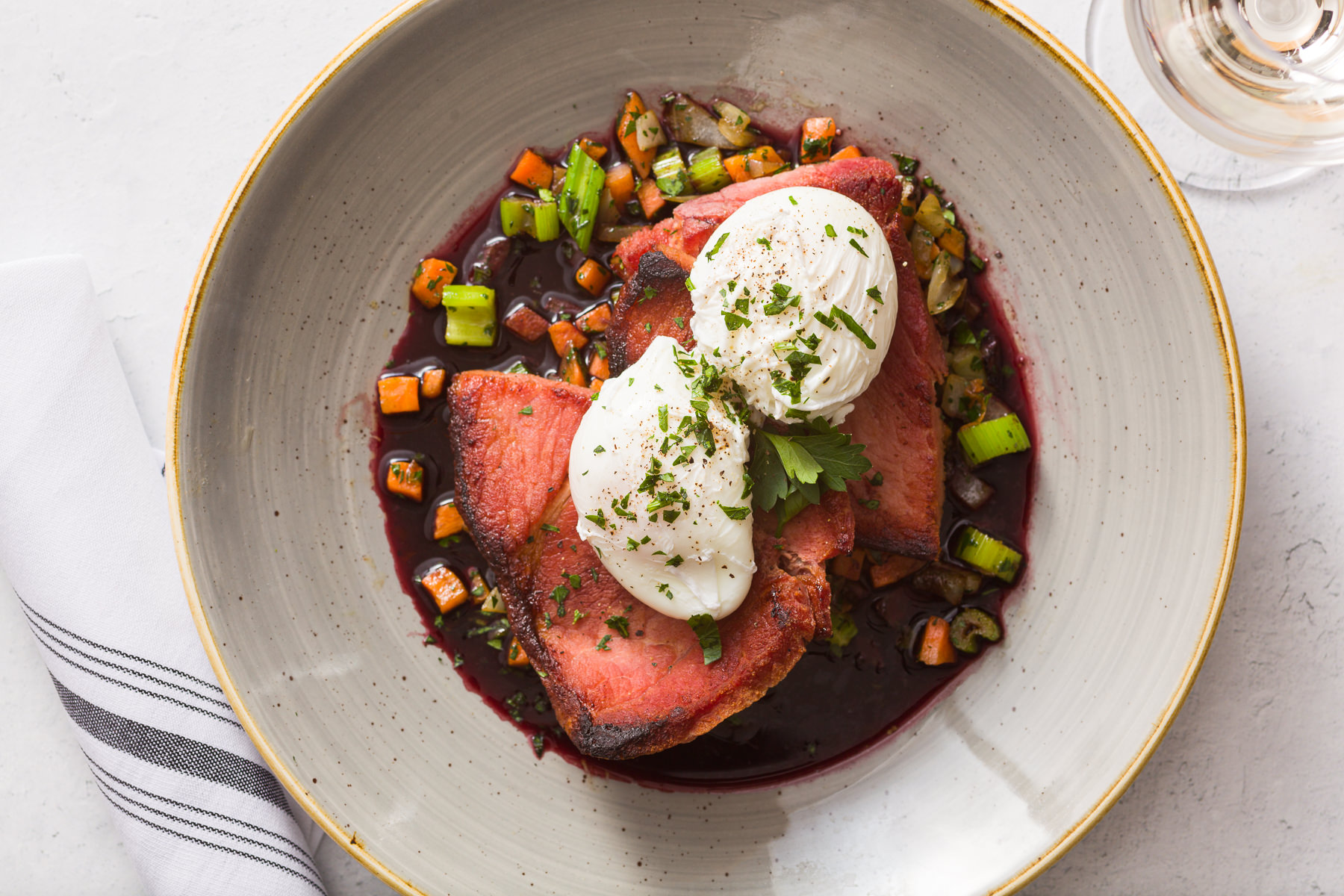
South of Pays de Normandie and north of the mouth of the Loire River at Nantes lies the picturesque peninsula of Brittany which juts out like a nose from the French mainland and boasts more than double the coastline of California at 1,700 miles. Notoriously rough and dangerous, the coastal area of Brittany is barbed with sharp rocks and is perhaps coincidentally referred to as the Armor coast. Still, there are quaint beaches and safe harbors leading into the interior, known as the Argoat, where the bocage, a complex patchwork of man-made earthen barriers and hedgerows planted with hydrangea provide breaks from the ever-present coastal winds. The people here are prideful, despite their huddled villages, and share a unique identity as Celtic-speaking Bretons who settled here from Wales and Cornwall after the invasion of Britain by the Normans.
Brittany’s Ingredients and Cuisine
Due to the unique landscape and geographical location of Brittany, its food is incredibly diverse for its size, combining abundant local ingredients from land and sea simultaneously in many classic dishes. It is notable as well that Brittany’s relative geographical isolation by the ocean and woods of Western Loire & Perche has protected it for the most part from outside culinary influence, giving its food a distinct character unique to the rest of France.
With thousands of miles of coastline and hundreds of islands, coastal & deep-sea fishing has been a common occupation for Bretons for centuries. As the inspiration for many romantic poems and stories, deep sea fishermen from Brittany would often travel north for weeks at a time as far as Iceland or Newfoundland for Cod (salting them for the long trip home), or travel south as far as Senegal off the African coast for tuna and mackerel. Coastal fishing on the other hand was a daily occupation with trips along the rocky lighthouse-studded coast for crustaceans like shrimp or langoustine, shellfish like clams and mussels, or shallow water fish like sole, salmon, and monkfish. Some classic preparations we elected not to cover for this meal also include the tomato-based sauce à l’Armoricaine, named for the Côtes d’Armor in Upper Brittany, sometimes referred to as sauce Ameri-caine, for having been invented by an emigrant Breton, Chef Pierre Fraise in Chicago. Of course, we should be punished for not also mentioning the classic French fish chowder known as Cotriade; this fantastic catch-all soup typically includes eel and any number of by-catch from the day, similar to a Bouillabaisse of Southern France.
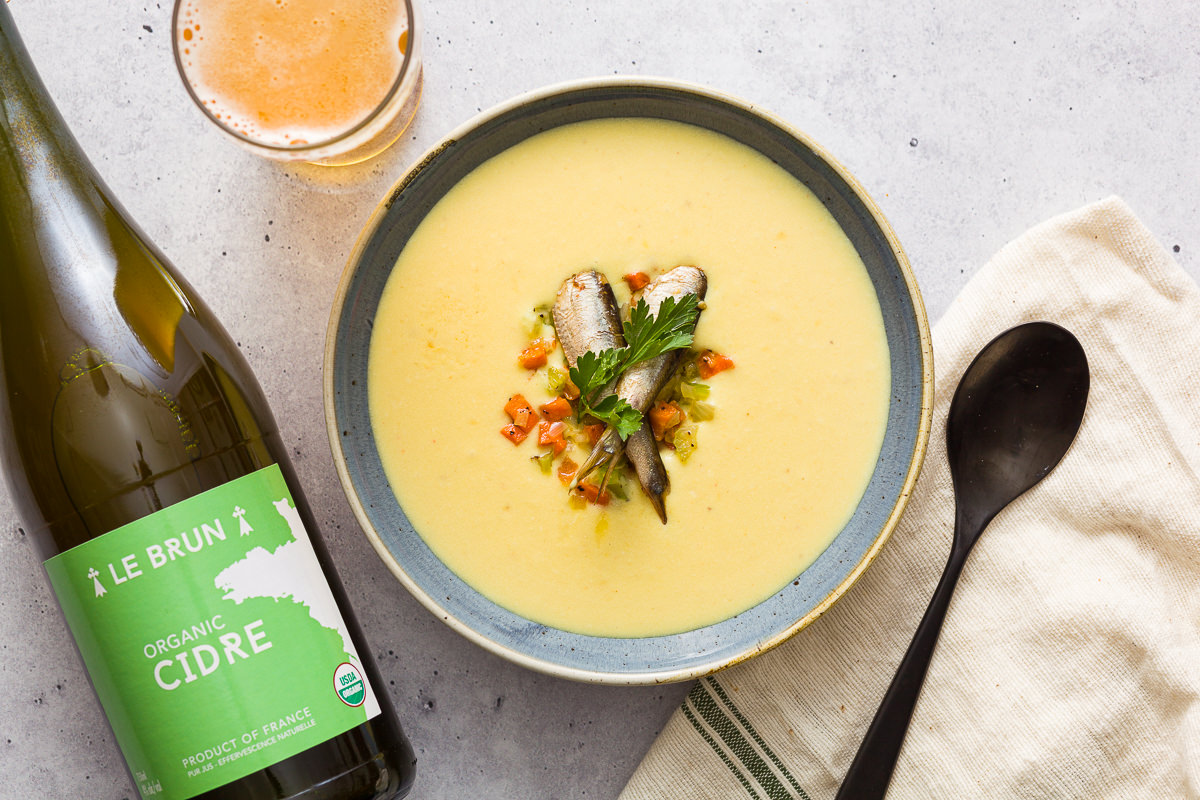
For this meal, we have instead made liberal use of another of Brittany’s major exports, Sardines. Intensely flavorful, salt-cured sardines are served simply this week with baguette and fleur de sel butter, as well as in the garnish for the Sardine and Potato soup. Up and down the coast of Brittany, a number of canneries still operate today, supplying most of France with canned fish.
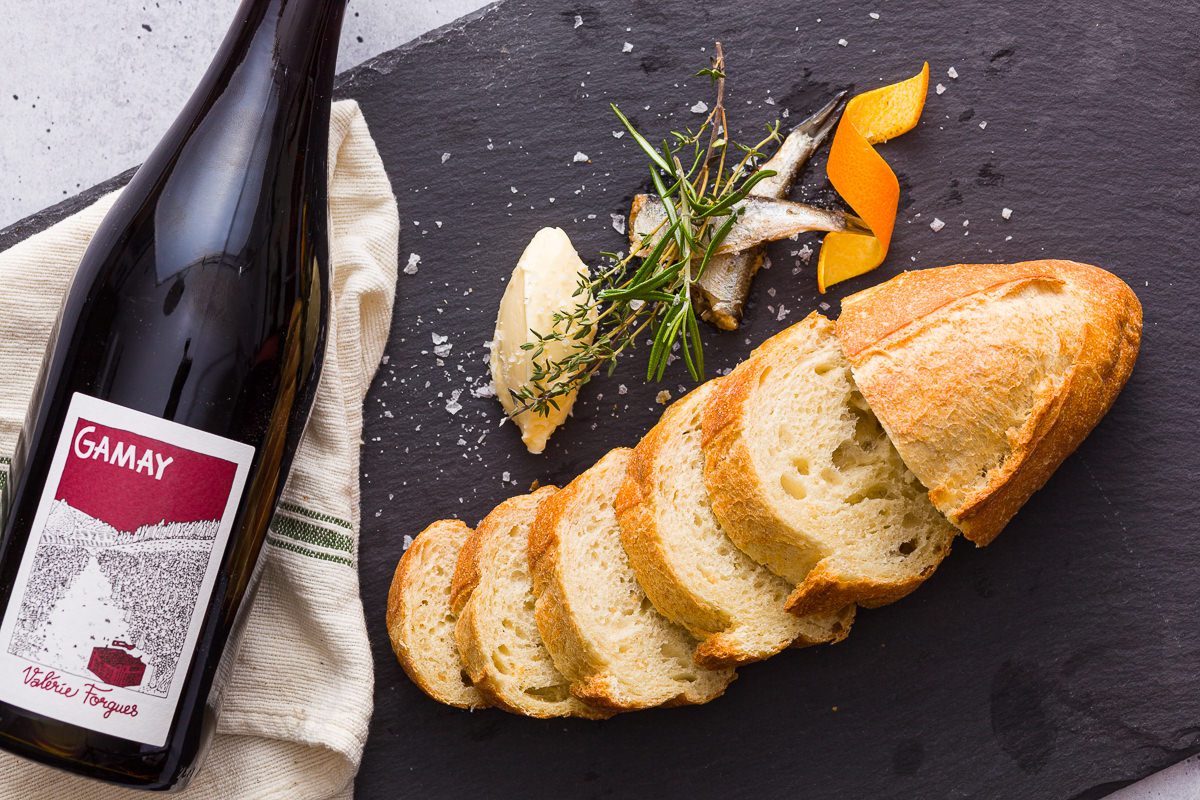
Although Brittany’s fishing industry drives its gastronomic identity. Milk and butter have earned their equal place. With a number of distinct breeds of cattle, including Jersey and Armoricaine, and prime grazing land in salt marshes near the coast, butter is in abundance. Unlike other areas of France though, which have invented various aged cheeses to preserve their milk and butter, sea salt gardens along the coast of Brittany provide ample salt for preserving fresh butter and consequently, it is enjoyed in numerous ways, and the little cheese that is made in Brittany is typically eaten fresh as farmer’s cheese or Fromage Blanc.
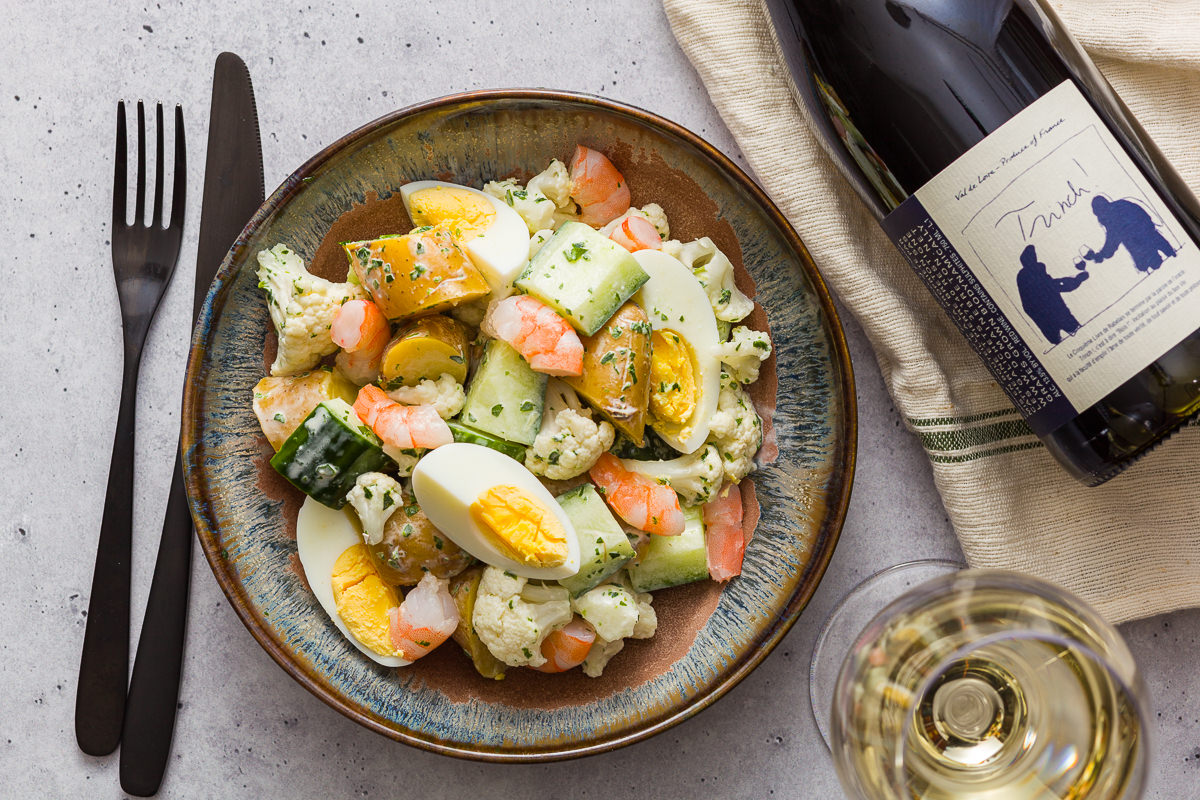
Finally, Brittany’s northern interior, referred to as the “golden belt” has always been bountiful with cultivated vegetables. Chief among these are potatoes, cauliflower, and especially, artichokes which show up in purees and salads. We are featuring one of these, Salade Roscovite, a warm potato and cauliflower salad similar to the Salade Cauchoise of nearby Normany which is enriched with shrimp and hard-boiled eggs (another abundant staple of the region).
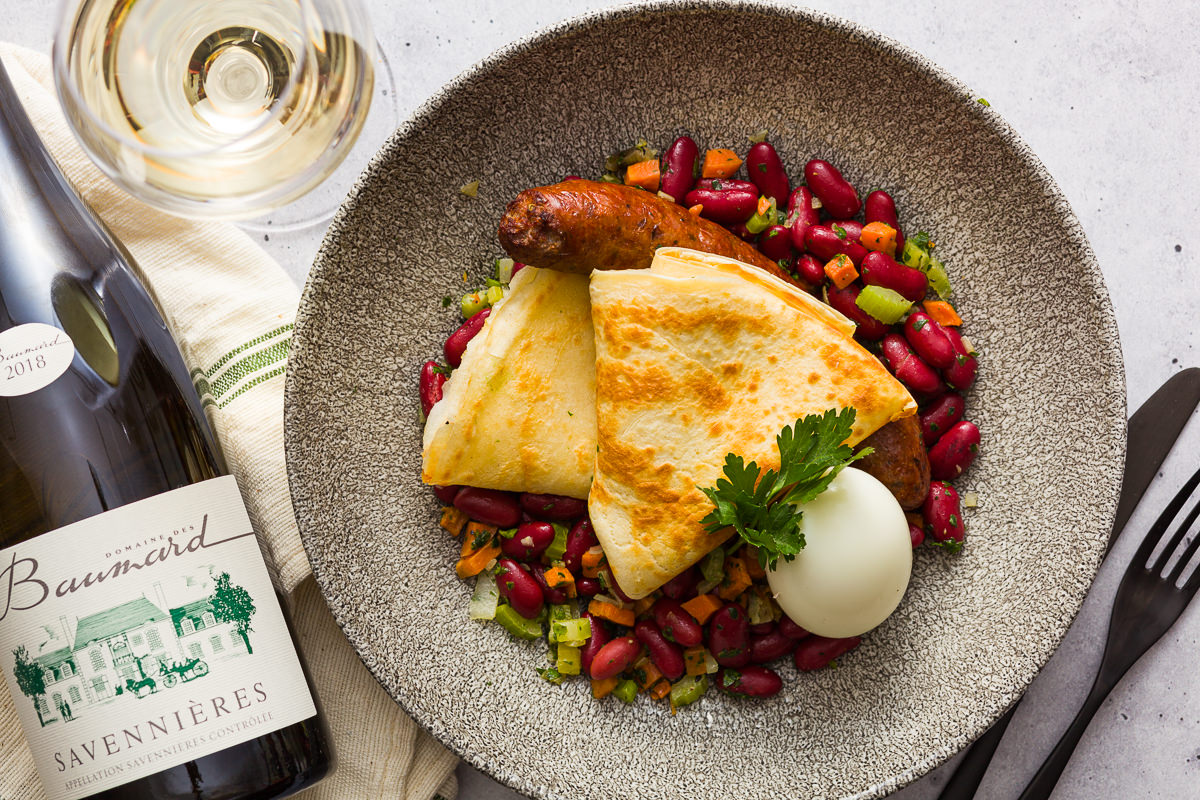
Crêpes
The introduction of grain-based agriculture in Brittany was a relatively recent event, however, it has been a boon to provincial cooks who have raised their crêpes and galettes to iconic status. Using flour, especially sarasin (buckwheat), with the best milk and eggs, Breton cooks make these all-purpose “pancakes” and use them like a Blini in Russian cuisine: As a medium for eating butter, thickening soup, or for wrapping eggs, cheese, sausage, or fish. For this week we are serving crêpes, which are a bit thinner than a galette and commonly enjoyed in Brittany’s Breton-speaking west, with local mushrooms, homemade fresh cheese, and brouillé (a French term for scrambled eggs also referring to being in a “quarrel” or disagreement, aka “angry eggs”). We’re also serving a meat-based version with a housemade sausage common to the region, Saucisse Muscadet (a pork sausage made with white pepper and crisp, white wine). Both are served with the staple legume of the region (red beans).
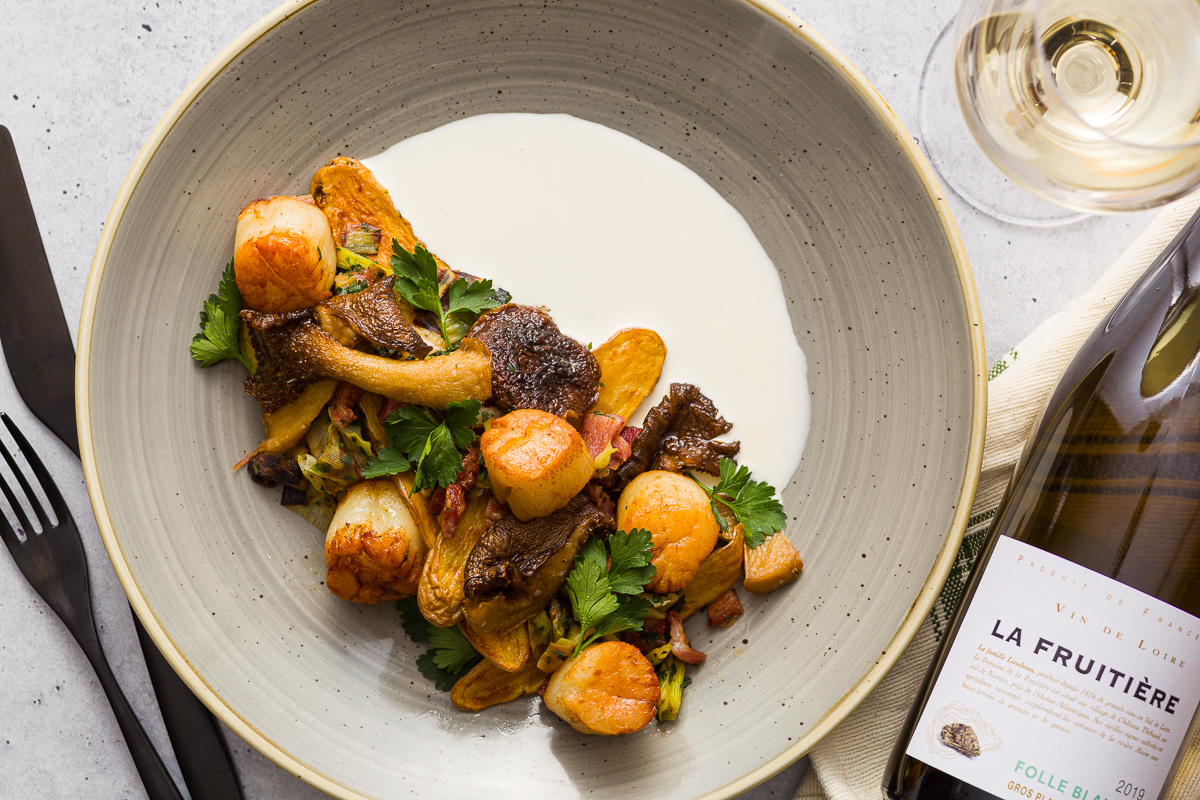
Pétoncles Saint-Jacques
Also known as “scallops Brittany-style”, coquilles or full-sized scallops are a common seafood item sourced by fishermen in Brittany. Unfortunately, like the Brittany lobster and many other luxury seafood, most prime, oversized scallops have historically been exported to metropolitan areas like Paris or high-end restaurants around the world. Within Brittany, it would have been much more common for fishermen and locals to enjoy petite scallops, known as pétoncles.
Another interesting note about the name “Saint-Jacques” is the reference to Saint James and religious pilgrimages in France which we’ve seen several times elsewhere in Southern France. Traditionally, pilgrims traveling back from Compostela would collect and wear scallop shells as a sign of their achievement. Inns and restaurants along the path took note and began using scallop shells on their doors to distinguish themselves as sanctuaries and entice pilgrims in for a bite or night’s lodging.
This classic dish can be prepared in a number of different ways, many resembling a sort of stir-fry, but this week’s version uses sauteed petite scallops with bacon lardons, mushrooms, leeks, and grated ginger. The key though is the use of a classic beurre blanc sauce, common to the cities of Nantes in Lower Brittany and Anjou in the Loire.
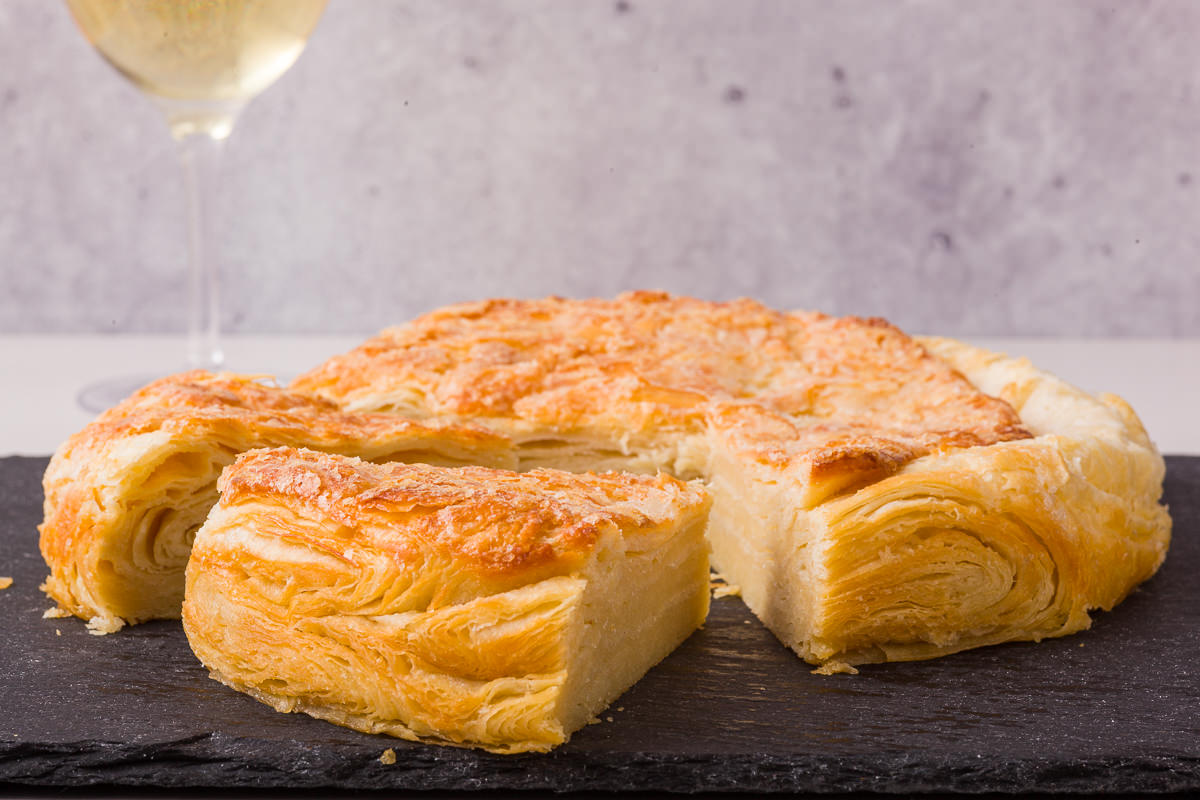
Kouign-Amann
Pronounced (“kween-aman”), the name of this classic pastry from Brittany translates to “kouign” (“cake” or gateau) + “amann” (“butter” or beurre), or “butter cake”. The name is apt because the simple ratio for making its recipe is: 4 parts flour, 3 parts butter, and 3 parts sugar. The reason for this cake’s rich and unusual proportions is explained with some insight by the history of Brittany (and France in general) before the 1960s.
Prior to the Green Revolution around the middle of the 20th century, grain and vegetable agriculture was far less widespread, and consequently, many areas of France were lacking in grains and refined vegetable oils but flush with traditional animal fats like pork lard, beef tallow, duck fat, and above all, butter. It’s difficult for us, especially as Midwestern Americans in the 21st century to imagine a world where bread was a luxury (when most people were spending half their income on it) but butter was plentiful. However, in 19th-century Brittany this was exactly the case.
The invention of Kouign-Amann is generally attributed to a boulanger (baker) from the city of Douarnenez on Brittany’s southern coast named Yves-René Scordia. Sometime around 1860, Monsieur Scordia had a busy bakery and while trying to keep up with daily orders he put his mastery of puff pastry to good use by combining scraps of laminated dough with plentiful butter and sugar to invent a new product. The cake began by rolling, folding, and layering dough in almost equal proportions with butter and sugar. During the cooking process, the massive amounts of butter would melt, water evaporates to create an airy texture, and the residual melted butterfat would combine with the sugar to caramelize. The result is a quintessential French pastry and the pride of Brittany with a crunchy caramel crust on the outside and a rich, creamy interior.


